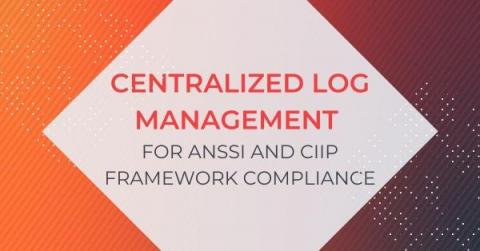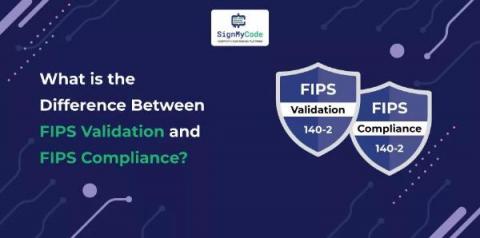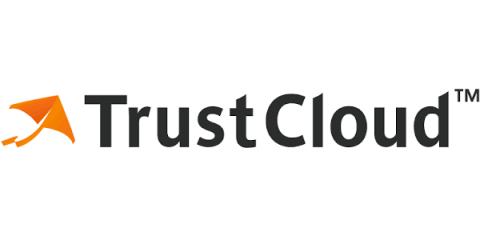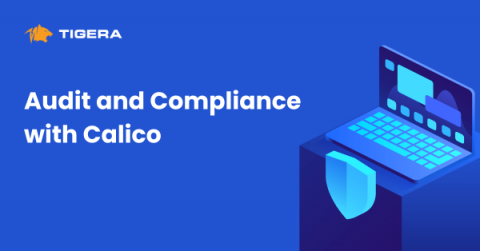The Ultimate Security Questionnaire Guide for Vendors
Welcome to our guide on Security Questionnaires (SQs)! We’ll cover everything you need to know about SQs, including a complete breakdown of what they’re all about, what risk assessments look like from a prospective customer’s POV, and best practices for the vendors responding. Let’s get started!











